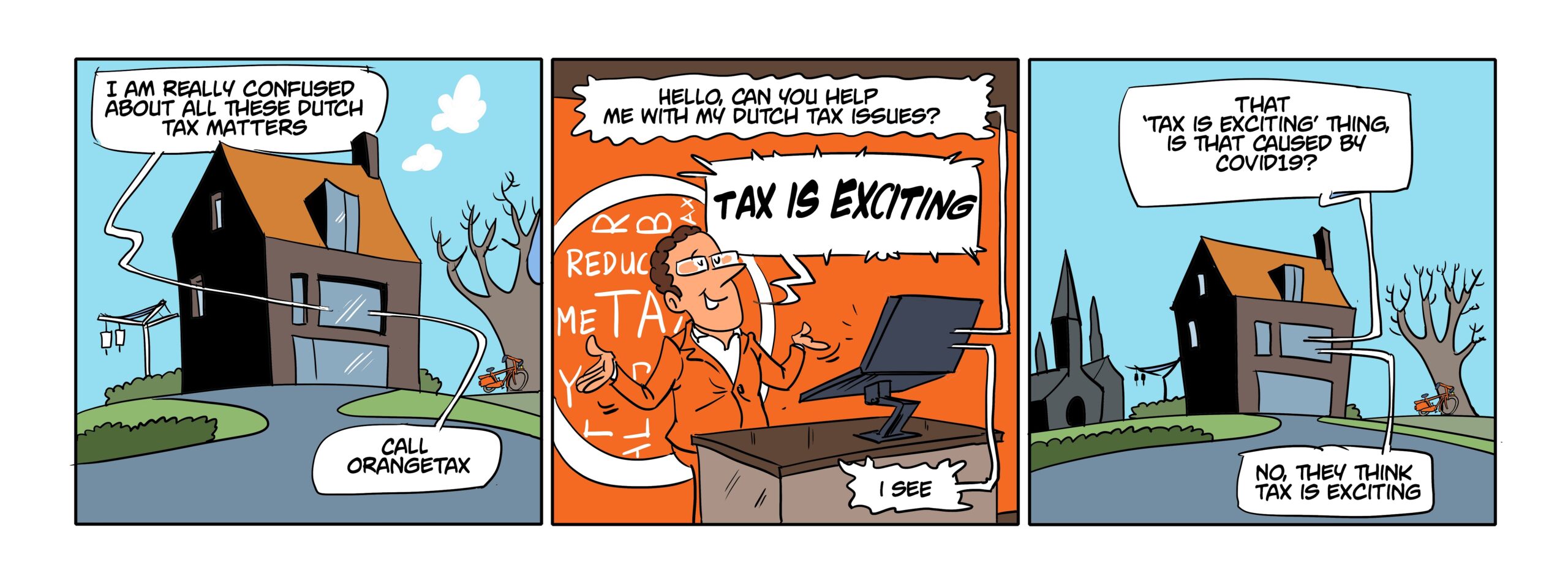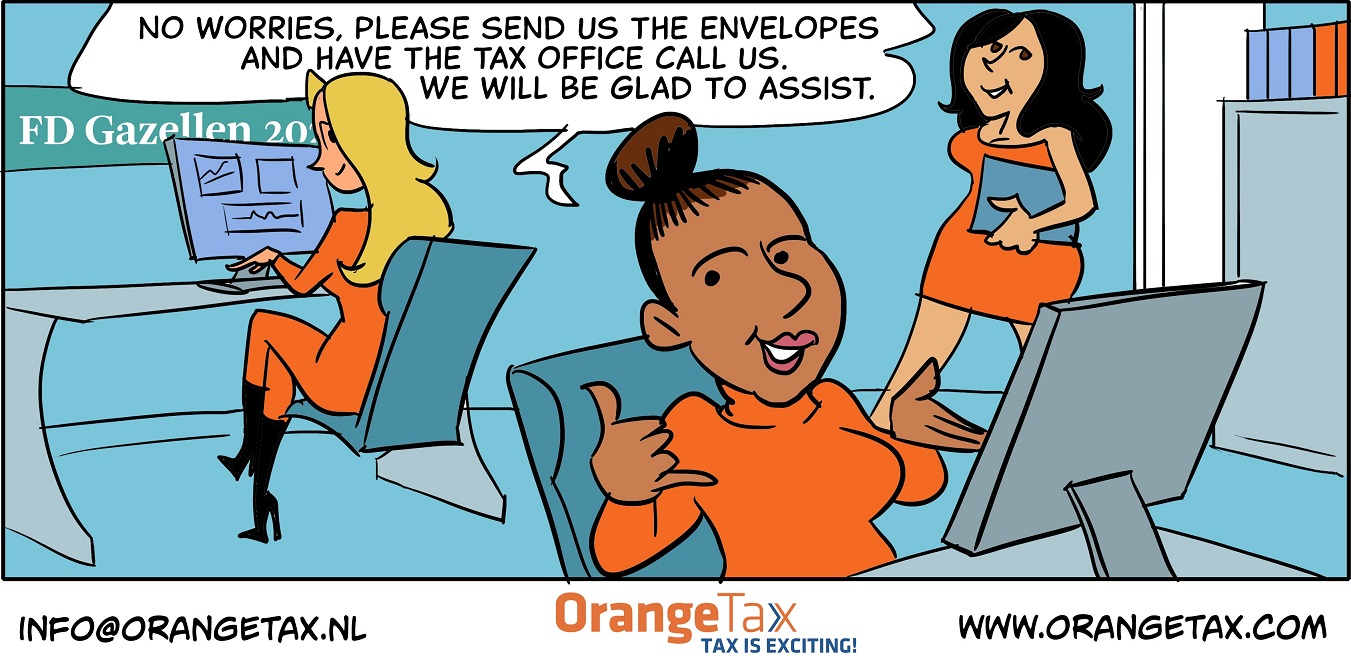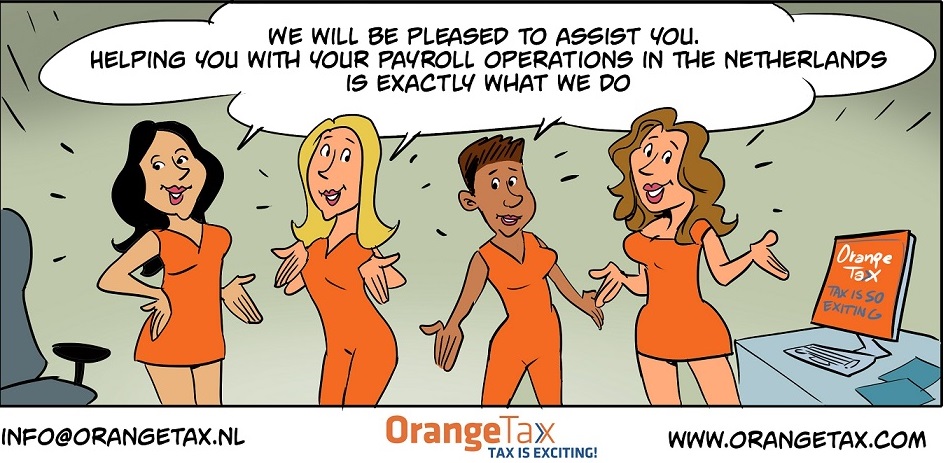Most entrepreneurs find it important to dress to impress a client. The frequent asked question primarily by the ladies, is whether they can deduct the clothes they need to where to visit clients, the makeup, hairdresser and especially the shoes. The answer is no.
Dress to impress – to meet fashion level
Men often need a suit with matching shoes, women need a small wardrobe in order to do business at a certain level of fashion. The Dutch tax office is very clear in this matter. A fashion level is not supported by the Dutch tax office. None of these costs are tax deductible.

Dress to impress – work clothes
Work clothes in the sense of iron nose in the shoes of blue color laborers, overalls, work gloves and hard heads. These are clearly clothes you do not wear at home, hence the costs are taken into account. The exception to this rule is the tennis teacher. The tennis teacher needs shorts and tennis shoes to exercise his profession. Initially the tax office denied these costs, but in a court case it was won by the tennis teacher. So the tennis teacher is the one exception.
Another example we experienced was a well known fish trading wholesale company in Amsterdam that offered their employees clothes to wear at work. If you ever purchased fish, you might know that fish can smell. The smell can be so bad that none of these employees of the wholesale fish company would every wear these work clothes at home. The tax office disagreed (!) and charged the company with wage tax for the fact they paid clothes for the employee which is a reimbursement in kind.
Work clothes – labeled
The rule for work clothes to be accepted as costs implies that at least for 70 square centimeter the logo of the company should be printed on the clothes. That explains why you see the blue color works in their overall with company logo printed on them, should the tax office deny the overall being work clothes, they still have met the minimum 70 square cm logo requirement.
The 70 square cm is a requirement per cloth item. So a shirt needs to have this size logo and the trousers or skirt as well.
Work clothes – not labeled
If you provide non labeled work clothes, then you need to be able to proof the cloths stay at the work place. Uniforms (police, firemen etc) are regarded work cloths, but only when it meets the definition uniform. A uniform is an obvious dress for a certain type of work. Besides the Government uniforms you have the flight crew uniforms.
Another situation where work clothes can be distributed without it becoming a remuneration in kind when labour law instructions prescribe certain protective clothes on site. Mostly building sites.
Work clothes not meeting requirements
If you provide work clothes to the employee and the requirements are not met, the clothes are regarded a reimbursement in kind. The value of the clothes is the net reimbursement, so it will be grossed up with social premiums. Under the Work cost regulations, the tax over these clothes will be 80%.
Even if you think you met the 70 square cm requirement with the additional requirements, but it is the name of your client you promote on the clothes, then this is incorrect. Unless the name of your client is part of your company name.
Up front approval
The tax office does provide the up front approval situation. In our opinion this is a lengthening process, but when a lot is involved, it is worth while pursuing this way.





